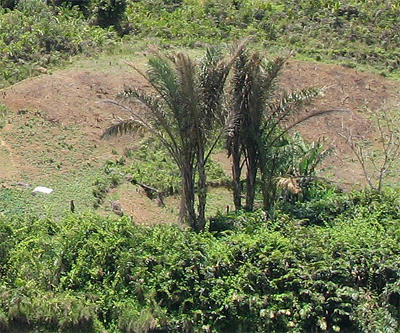Using biodiversity research to facilitate slash-and-burn recovery
BIO researcher Kari Klanderud presents a strategy for enabling better recovery of plant species richness and composition after slash-and-burn agricultural practices in Madagascar. Such practices are important drivers of deforestation and eco-system degradation impacting biodiversity and carbon sequestration. This is particularly relevant in regions such as Madagascar where there is unique and richly diverse fauna and flora.

Main content
Slash-and-burn practices are deeply rooted in many traditional agricultural cultures. Increasing yield requirements are resulting in extending the slash-and-burn area and reducing the length of fallow periods. Research has shown that fallow periods of much more than 30 years are required for re-growth and re-establishment of forest species. Factors such as the number and frequency of slash-and-burn cycles and the amount of burning also affect re-growth.
Klanderud and colleagues’ research identified six local species that should be studied further to learn more about their potential for use to hasten active restoration of degraded forest areas. According to the researchers, active tree planting of natural forest vegetation could be used as a tool to help speed up the recovery time. This could help to reduce extension of cultivated areas into primary forest, which are reservoirs of natural diversity and valuable carbon sinks.
